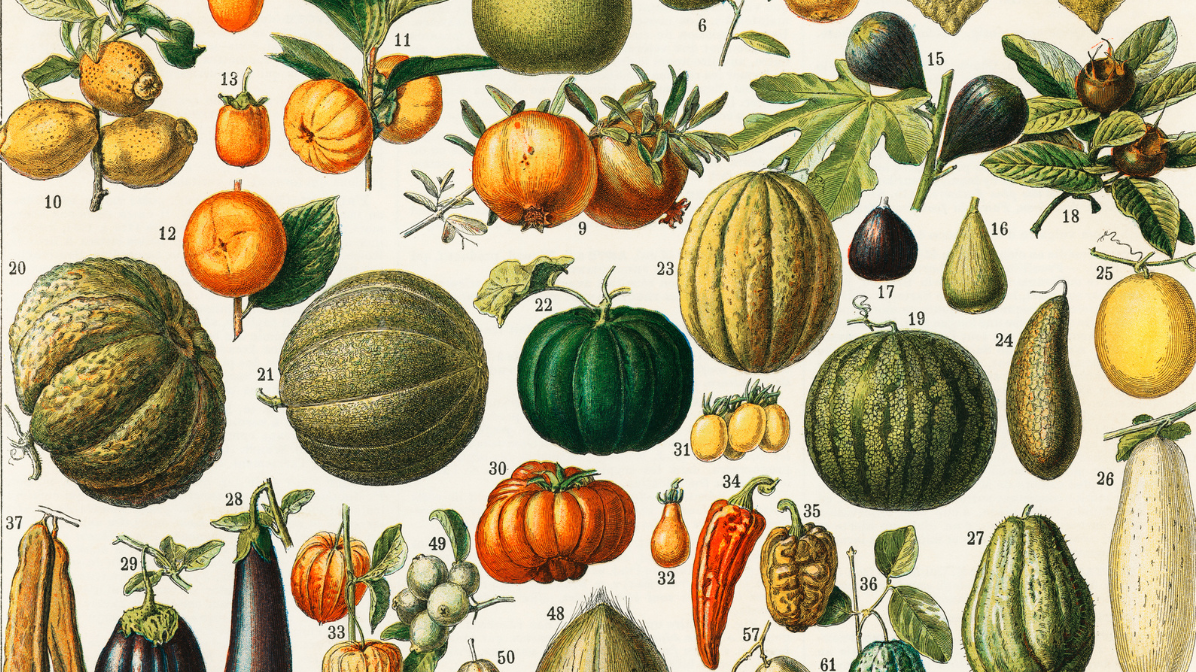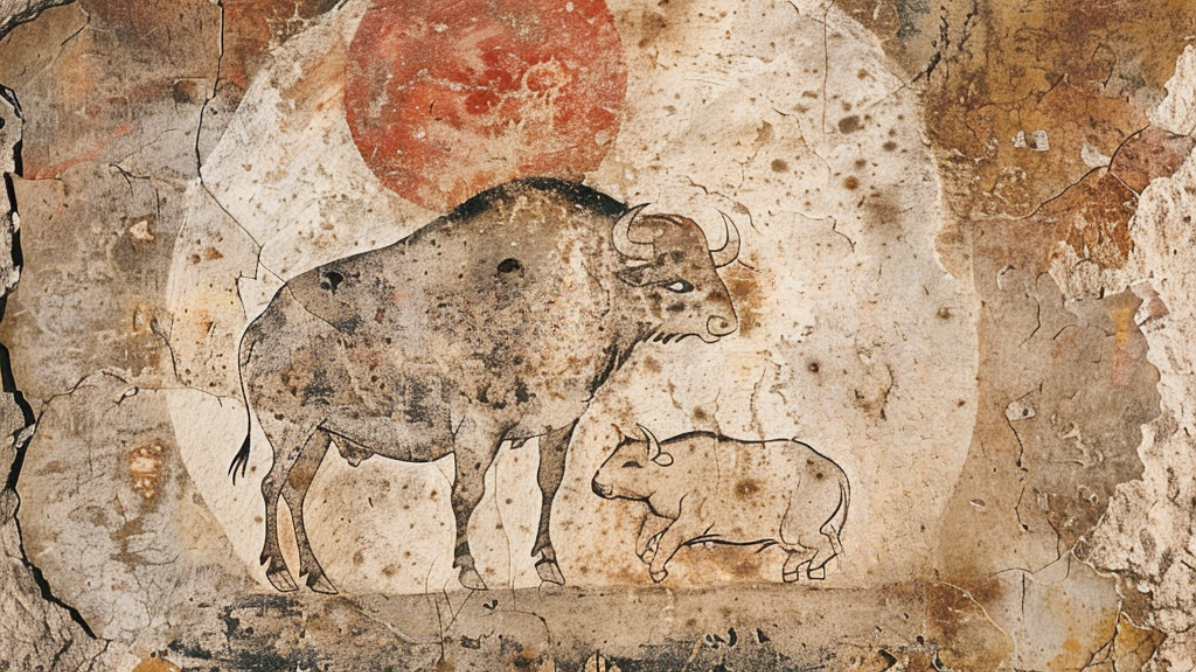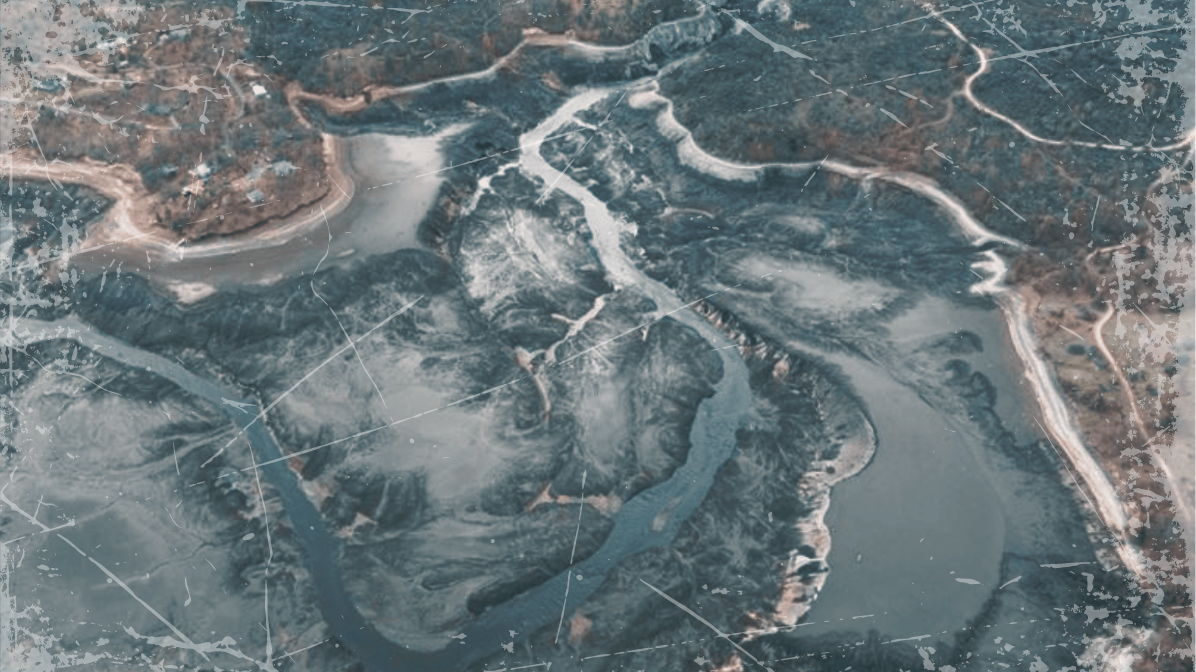Winter Weather Predictions: Insights from The Old Farmer’s Almanac

The Old Farmer’s Almanac - A Trusted Resource for Farmers, Gardeners, and Outdoor Enthusiasts
The Old Farmer's Almanac, that time-worn volume, is a staple in North America, a relic of another era that first saw the light of day in 1792. It’s the oldest continuously published periodical in the United States, and it carries with it the weight of tradition. The Almanac is known for its weather forecasts, long-range predictions built on a secret formula by its founder, Robert B. Thomas. Folks argue over the accuracy, but many still turn to its pages when they need to know what the sky will do next, trusting it like an old friend who has seen it all.
But the Almanac is more than just weather. It’s a guide for the gardener, offering planting calendars and advice on how to coax life from the soil. It’s a companion for the stargazer, laying out the phases of the moon, the rise and fall of the sun, and the dance of the stars. It speaks in the language of the land, with folklore and remedies that have been whispered from one generation to the next. And over the years, it has taken on more—a bit of trivia, a puzzle or two, a nod to history, all of it seasoned with the wisdom of the ages.
Each fall, the Almanac arrives, its pages covering the year to come. It’s there in print, solid in your hands, and now also in digital form, for those who prefer their wisdom with a flick of the finger. Special editions dive deeper into the world of gardening or cooking, catering to those who find joy in the simple things.
They say its predictions are 80% accurate, but numbers don’t matter much when you’ve walked with something for so long. The Almanac is more than a forecast. It’s a piece of the past, living on the shelf, guiding the farmer, the gardener, and the dreamer. It’s practical advice wrapped in a blanket of nostalgia, and it endures, quietly, like the land itself.

The Year the Almanac Omitted the Weather Forecasts
In 1816, the Old Farmer’s Almanac made a grave mistake. That year, they left out the weather predictions, something folks had come to count on like the sun rising in the East. The editors thought they could skip it, maybe thought the world was predictable enough without their forecasts. But the world is rarely predictable, and that year proved it.
1816 became known as the "Year Without a Summer." A volcano had erupted half a world away, and its ash blotted out the sun, sending a chill through the earth. Snow fell in June, and crops died in the fields. It was a hard, cruel year, the kind that tests a man’s resolve. And the people, especially the farmers, found themselves without the Almanac's usual guidance when they needed it most.
The backlash was swift, the kind that comes when trust is broken. Readers felt abandoned, left to navigate the uncertainty without the predictions they had relied on for years. The editors realized their mistake quickly—too quickly for comfort—and vowed never to exclude the weather again. It was a lesson learned the hard way, a reminder that some things are too important to be left out.
The Almanac returned to its roots, the weather predictions firmly back in place, and slowly, it rebuilt the trust it had lost. The world moved on, but the memory of that year lingered, a testament to the power of nature and the folly of thinking we can ever fully understand it. The Old Farmer’s Almanac survived, wiser for the experience, and more determined than ever to offer what little certainty it could in an uncertain world.
What Does the Old Farmer’s Almanac Foresee for the Winter of 2024-25?
Now, as we face the winter of 2024-25, the Old Farmer's Almanac takes up its old role with a quiet resolve. The predictions are back, this time with a purpose born of experience. And this year, for those bracing against the cold, there might be a bit of comfort in what the Almanac foresees.

The Almanac sees a "calmer, gentler" winter coming for much of the United States in 2025. As the release of this year's edition draws near, the Almanac teases out its forecast, bit by bit, revealing what the skies might hold for each region until the full story is told on August 27.
"This winter, temperatures will be up and snowfall down throughout most parts of the United States," Almanac editor Carol Connare remarked in a statement. "While there will still be plenty of winter chill out there and powdery snow to enjoy, the high costs associated with the season shouldn’t hit so hard. It will be, by and large, a very temperate, uneventful winter and potentially a welcome reprieve from the extremes of recent years.”
Look at the Northeast—Massachusetts, Vermont, New Hampshire, Maine, and eastern New York. They can expect a winter that’s softer than usual, stripped of its usual bite. The temperatures are set to rise above the norm, leaving the rough edges of the season behind.
In the Atlantic corridor—where southern New York, Pennsylvania, and Virginia meet cities like Boston, New York City, Washington, D.C., and Richmond—the forecast holds steady, offering more of the same.
But in the heart of the country, the snow is coming. The High Plains, lying just east of the Rockies, will see snowfall at or above the norm. The same goes for the Intermountain West, where places like Colorado and Lake Tahoe await the powder.
Down in southern California, the rains will fall hard this winter, drenching the land in the season’s usual deluge. It’s a sharp contrast to the La Niña predictions from the National Oceanic and Atmospheric Administration, but nature rarely follows the script.



